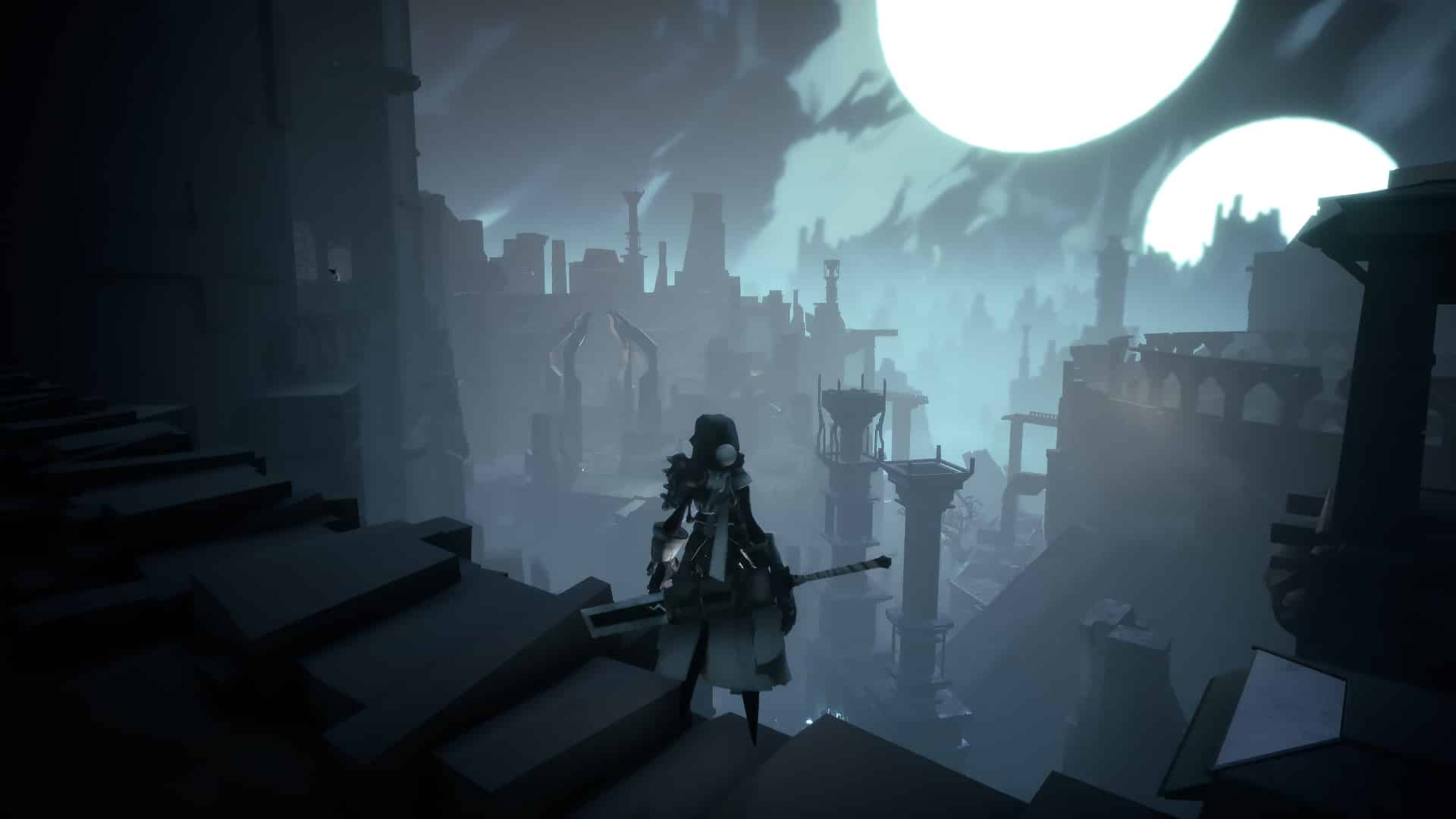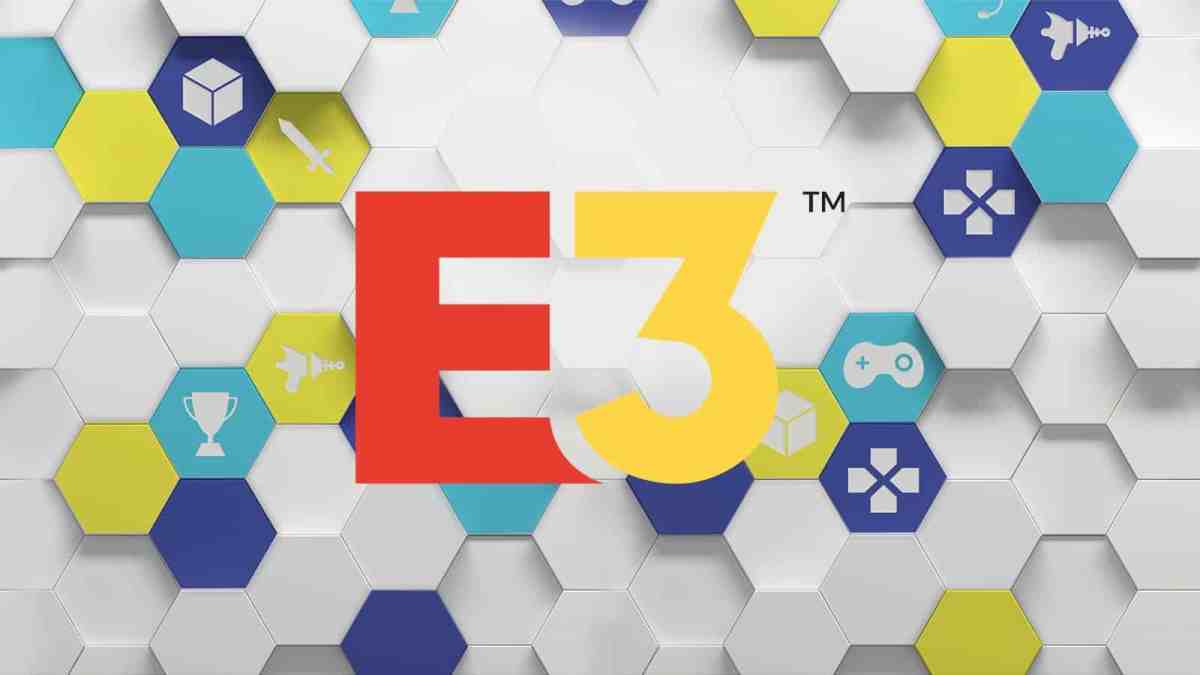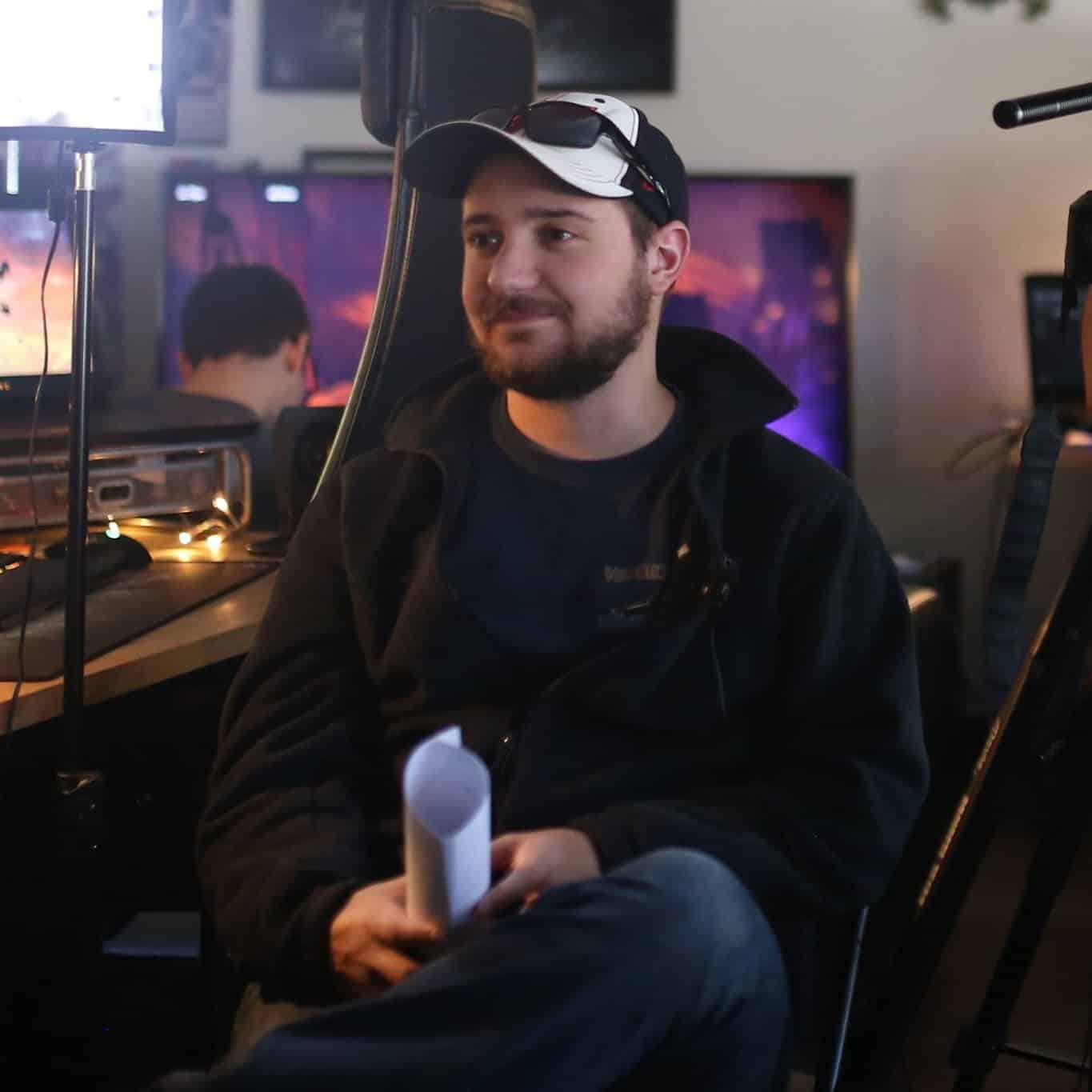It’s been a tumultuous couple years for the ESA and E3. The show has not so quietly been losing relevance due to a multitude of things. Major publishers have left the event due to costs and wanting to host their own showcases, ESA mismanagement led to thousands of media members being doxxed last year, and the ESA generally seems out of touch with the industry it helps to regulate and lobby for.
These factors coupled with a virus that the world is struggling to contain has led to the show being canceled this year, and maybe for good. Some are celebrating the demise of the show, but I gotta say, I’m not ready for E3 to be a thing of the past yet.
Granted, the ESA has dragged its feet on modernizing the show and making it more accessible for both the press and consumers alike, not to mention the ridiculous cost of attending the show due to its being located right in downtown LA.
But putting such issues aside, E3 is still an event that gets games journalists and game developers alike excited. There’s no denying that the show consistently fuels the industry with a ton of excitement and positive energy each and every year. A lot of people view it as the “Christmas” of the games industry, and can you blame them?
How can you not get excited about a week full of exciting new game announcements, updates on your most anticipated titles you’ve waited years for, the hands-on previews of upcoming games, and interviews with developers from the largest to the smallest companies?
Everyone knows about the prerendered trailers, the extremely cringy scripted demos, and of course the “Anthems” where we see what essentially amounts to a proof of concept video that doesn’t even closely resemble the final product.
But the real heart of the show is that developers get to showcase all their hard work on the world stage, sometimes for the very first time in front of thousands of people in attendance and to millions more online.
A show like E3 is even more important for indie developers who don’t have the funds or connections yet to acquire booth space or a prominent location on the show floor. The industry congregates into one location for an entire week, which is a prime opportunity for an indie developer to make connections and stand out in an increasingly competitive space.
Before Astroneer became the behemoth indie title it is now, I met with the developers in a random location on the show floor for the first time so they could show me the game on a laptop. I met with another indie developer working on a game called Shattered: Tale of the Forgotten King who traveled all the way from France to show their game to the press via a video they had on their cell phone.

I’m sure I can get those experiences at other events. But with the amount of people attending E3, the potential visibility developers can get just by meeting random people or a big influencer on the show floor can’t be understated.
The cynics will downplay the importance of the show, but it’s still the marquee event of the year for video games. Going all digital will make it that much harder for indie developers to get the attention they need and folks like me who don’t live on the coasts even less opportunities to connect in person with them.
This isn’t even mentioning the fact that we have no alternative options for a new marquee event in the games industry here in the United States yet. No one has a clue what a post-E3 games industry looks like, but we’re about to find out this year.
All we can hope for at this point is that the ESA takes the extra time this year to reinvent E3 and make it better for everyone.
Oh, and no more E3 means no more videos of Yahtzee attending the show and we all need more of that.






Published: Mar 11, 2020 04:12 pm